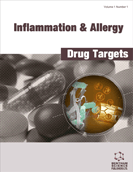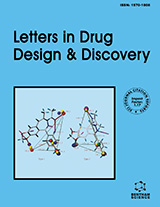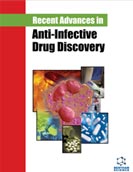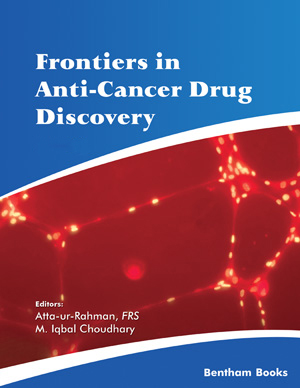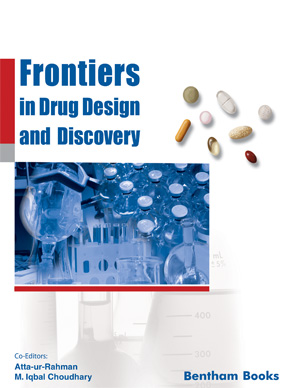Abstract
Background: Understanding the etiopathogenesis of chronic spontaneous urticaria (CSU) remains a challenge. The clinical and laboratory characteristics relating to its histocompatibility profile and autoimmunity are constant research topics.
Objectives: To analyze the clinical and laboratory characteristics of patients with CSU by means of a cross-sectional study, focusing on the histocompatibility profile, presence of antinuclear antibodies (ANA) and presence of antithyroperoxidase antibodies (anti-TPO).
Materials & Methods: Sixty-seven adults with CSU were analyzed. The autologous serum skin test (ASST), ANA and anti-TPO were performed in all cases and MHC classes I and II (loci A, B and DR) were evaluated in 49 patients.
Results: The factors that worsened urticaria included use of non-steroid anti-inflammatory drugs, emotional stress and physical stimuli, reported by 27%, 16% and 15% of these patients, respectively. The ASST test was positive in 49 patients (73%) and anti-TPO and ANA were present in 15 (22.4%) and 7 (10.5%), respectively. The OR (with 95% CI) for the association between ANA and anti-TPO was 5.94 (1.16-30.42), and thus statistically significant. There was a favorable association (with statistical significance) between HLA B*50 and patients with CSU, with OR (95% CI) of 2.96 (1.17- 7.48).
Conclusion: A significant favorable association was found between these patients and HLA B*50, and between the presence of anti-TPO and ANA. The greater prevalence of HLA B*50 in these patients and the association between ANA and anti-TPO reinforce the possibility that an immunogenic mechanism may be the triggering factor for CSU.
Keywords: Autoimmune disease, ANA, anti-TPO, autoantibodies, chronic urticaria, histocompatibility, HLA, MHC, antinuclear antibodies, anti thyroperoxidase
Inflammation & Allergy - Drug Targets (Discontinued)
Title:Chronic Spontaneous Urticaria: Epidemiological Characteristics Focusing on the Histocompatibility Profile and Presence of Antibodies
Volume: 12 Issue: 1
Author(s): Zamir Calamita and Andrea Bronhara Pela Calamita
Affiliation:
Keywords: Autoimmune disease, ANA, anti-TPO, autoantibodies, chronic urticaria, histocompatibility, HLA, MHC, antinuclear antibodies, anti thyroperoxidase
Abstract: Background: Understanding the etiopathogenesis of chronic spontaneous urticaria (CSU) remains a challenge. The clinical and laboratory characteristics relating to its histocompatibility profile and autoimmunity are constant research topics.
Objectives: To analyze the clinical and laboratory characteristics of patients with CSU by means of a cross-sectional study, focusing on the histocompatibility profile, presence of antinuclear antibodies (ANA) and presence of antithyroperoxidase antibodies (anti-TPO).
Materials & Methods: Sixty-seven adults with CSU were analyzed. The autologous serum skin test (ASST), ANA and anti-TPO were performed in all cases and MHC classes I and II (loci A, B and DR) were evaluated in 49 patients.
Results: The factors that worsened urticaria included use of non-steroid anti-inflammatory drugs, emotional stress and physical stimuli, reported by 27%, 16% and 15% of these patients, respectively. The ASST test was positive in 49 patients (73%) and anti-TPO and ANA were present in 15 (22.4%) and 7 (10.5%), respectively. The OR (with 95% CI) for the association between ANA and anti-TPO was 5.94 (1.16-30.42), and thus statistically significant. There was a favorable association (with statistical significance) between HLA B*50 and patients with CSU, with OR (95% CI) of 2.96 (1.17- 7.48).
Conclusion: A significant favorable association was found between these patients and HLA B*50, and between the presence of anti-TPO and ANA. The greater prevalence of HLA B*50 in these patients and the association between ANA and anti-TPO reinforce the possibility that an immunogenic mechanism may be the triggering factor for CSU.
Export Options
About this article
Cite this article as:
Calamita Zamir and Bronhara Pela Calamita Andrea, Chronic Spontaneous Urticaria: Epidemiological Characteristics Focusing on the Histocompatibility Profile and Presence of Antibodies, Inflammation & Allergy - Drug Targets (Discontinued) 2013; 12 (1) . https://dx.doi.org/10.2174/1871528111312010002
| DOI https://dx.doi.org/10.2174/1871528111312010002 |
Print ISSN 1871-5281 |
| Publisher Name Bentham Science Publisher |
Online ISSN 2212-4055 |
 50
50Related Articles
-
Pharmacogenetic Determinants of Immediate and Delayed Reactions of Drug Hypersensitivity
Current Pharmaceutical Design Challenges in the Management of Severe Asthma: Role of Current and Future Therapies
Current Pharmaceutical Design Patent Selections
Recent Patents on Inflammation & Allergy Drug Discovery The Validity of Chemical Analytical Methods by the Example of the Heparin Product Recall
Current Pharmaceutical Analysis Effects of Natural Products on Contact Dermatitis
Current Medicinal Chemistry - Anti-Inflammatory & Anti-Allergy Agents The Role of Anti-Inflammatory Drugs in Respiratory Diseases - Pirfenidone, Penicillamine, Chloroquine and Chlorambucil
Current Respiratory Medicine Reviews Antihistamine Use in Dermatologic Disorders
Current Medicinal Chemistry - Anti-Inflammatory & Anti-Allergy Agents Development of Novel Protein Scaffolds as Alternatives to Whole Antibodies for Imaging and Therapy: Status on Discovery Research and Clinical Validation
Current Pharmaceutical Biotechnology Adamantane – A Lead Structure for Drugs in Clinical Practice
Current Medicinal Chemistry Kawasaki Disease and Its Treatment – An Update
Current Rheumatology Reviews Isolated Unilateral Tongue Oedema: The Adverse Effect of Angiotensin Converting Enzyme Inhibitors
Current Drug Safety Mast Cell Disorders In Drug Hypersensitivity
Current Pharmaceutical Design Food Allergy
Current Pharmaceutical Design Hypersensitivity Reactions to Ophthalmic Products
Current Pharmaceutical Design Hypersensitivity Reactions to Quinolones
Current Pharmaceutical Design Ocular Inflammatory Diseases: Molecular Pathogenesis and Immunotherapy
Current Molecular Medicine Ethnicity and Drug Therapy for Hypertension
Current Pharmaceutical Design Rapid Desensitization of Hypersensitivity Reactions to Chemotherapy Agents.
Current Drug Safety Sacubitril/Valsartan: A New Dawn has Begun! A Revisited Review
Current Cardiology Reviews Twenty Years of HIV-1 Non-Nucleoside Reverse Transcriptase Inhibitors: Time to Reevaluate their Toxicity
Current Medicinal Chemistry


